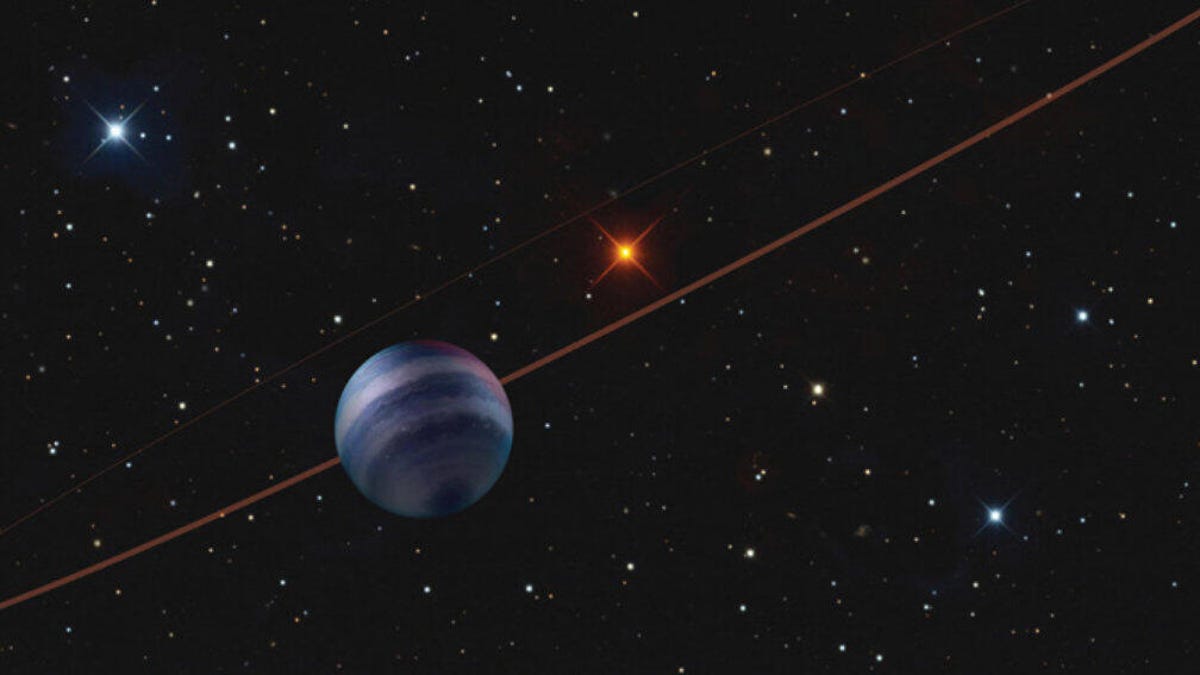Meet Coconuts-2b, an exoplanet with six times the mass of Jupiter
There's a good explanation for the planet's unusual name.
The next time you look up into the night sky and marvel at the stars and vastness of space, remember there's a planet out there named Coconuts-2b. Even better, this is a pretty cool, pretty big exoplanet that could tell us more about the history of gas giants like our own Jupiter and Saturn.
"A University of Hawaii Institute for Astronomy graduate student has beaten the odds and discovered a directly imaged exoplanet, and it's the closest one to Earth ever found, at a distance of only 35 light-years," the university said in a statement on Tuesday. Zhoujian Zhang is lead author of a study on the planet.
Researchers have spotted over 4,000 exoplanets, and many have been located by looking for a telltale dip in brightness as a planet moves in front of its star. Coconuts-2b's discovery is different. "The planet can be directly imaged thanks to emitted light produced by residual heat trapped since the planet's formation," the university said. It can be seen in infrared by a sensitive telescope.
The gas giant is truly gigantic with six times the mass of Jupiter. It's named for the Cool Companions on Ultrawide Orbits (Coconuts) survey. The survey is seeking out exoplanets (planets located outside of our solar system) that are orbiting pretty far from their host stars. The planet is named Coconuts-2b and its star system is Coconuts-2. The survey had previous turned up a star system called Coconuts-1.
The planet was first spotted back in 2011, but researchers thought it was all on its own with no host star. The new study published in Astrophysical Journal Letters this week found the planet is actually orbiting its star at a distance 6,000 times that of the Earth orbiting the sun.
The views on Coconuts-2b would be pretty radical compared to what we're used to on Earth. "Nighttime and daytime would look basically the same, with the host star appearing as a bright red star in the dark sky," the university said.
Studying exoplanets can help us learn about the history of our own solar system. "With its huge orbital separation," said Zhang, "Coconuts-2b will be a great laboratory for studying the atmosphere and composition of a young gas-giant planet."
Follow CNET's 2021 Space Calendar to stay up to date with all the latest space news this year. You can even add it to your own Google Calendar.


